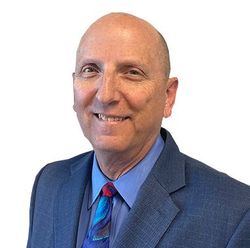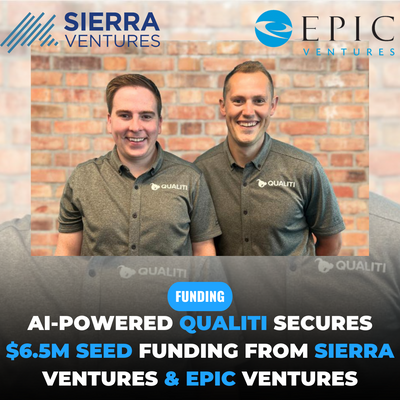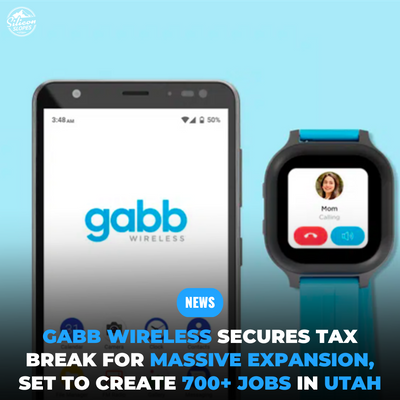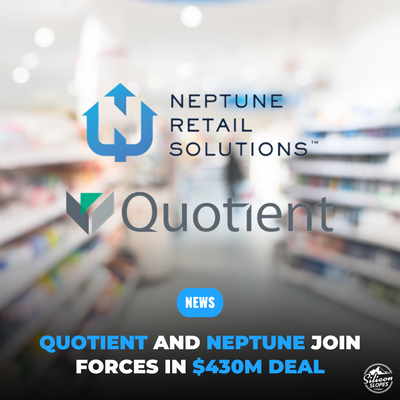With a new CEO at its helm and new outside owners, is Sorenson Communications poised for its breakout moment?
For my mother, the insight that something serious had occurred was when she accidentally dropped a pan in the kitchen and her 18-month-old daughter did not react.
A doctor’s visit later and her suspicions were confirmed: apparently the high fever that had afflicted my younger sister a few weeks earlier had severely damaged something in her nervous system, and she was now profoundly deaf, with a hearing loss estimated at over 98% in both ears.
As I attempt now to recall how our then young family of five adjusted to this new dynamic, nothing comes to mind. She was my baby sister before she lost her ability to hear, and to my five-year-old mind, she was still my little sister and nothing had really changed.
But clearly, that was not the case.
Many decades have since passed, with all sorts of familial and personal journeys along the way, many shaped by the fact that there is a segment of the population in every country, and at every economic and educational level, with hearing loss.
Helping to bridge the communication divide between the hearing and Deaf communities was the vision behind the birth in 2000 of now Taylorsville, Utah-based Sorenson, née Sorenson Communications.

So when Sorenson recently announced a change in its majority ownership, one that pegged the 20-something-year-old company at unicorn status, I paid attention.
The Nexus of Sorenson Communications
It is nearly impossible to tell the story of Sorenson without first providing some contextual background on its primary founder, James Lee Sorenson.
Jim, as he was known, was the eldest son of James LeVoy and Beverley Sorenson, perhaps Utah’s leading entrepreneurial- and investment-minded family of all-time.
James LeVoy was said to have founded over 40 companies during his lifetime, many extremely successful, with the sale of several throughout his life contributing to Forbes naming him as the 68th wealthiest American in 2007, with a net worth pegged at $4.5 billion.
With this business-minded foundation infusing all aspects of his formative years, it is no surprise that Jim Sorenson has gone on to be wildly successful in his own right across a number of inventions and business endeavors.
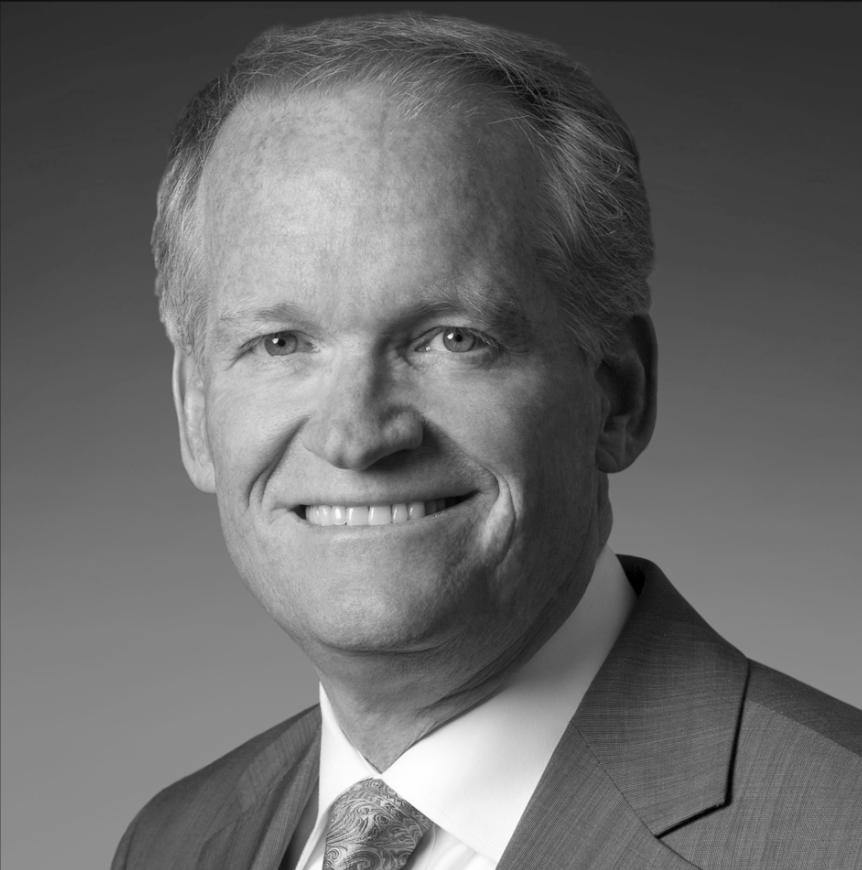
One of these endeavors was the creation of Sorenson Communications, a venture designed to address the communications challenges between the Deaf and hearing communities, an enterprise that the Sorenson Impact Center website describes as being started by Jim “in collaboration with a hearing impaired family member.”
According to its About Us page, Sorenson
- “Created the first videophone designed by and for people who are Deaf,” and
- Was the first to offer 911 calls for members of the Deaf community through Sorenson’s Video Relay Service (VRS).
Sorenson employs some 4,000 interpreters today, making it one of the largest (if not the largest) non-governmental employers of sign language interpreters in the world.
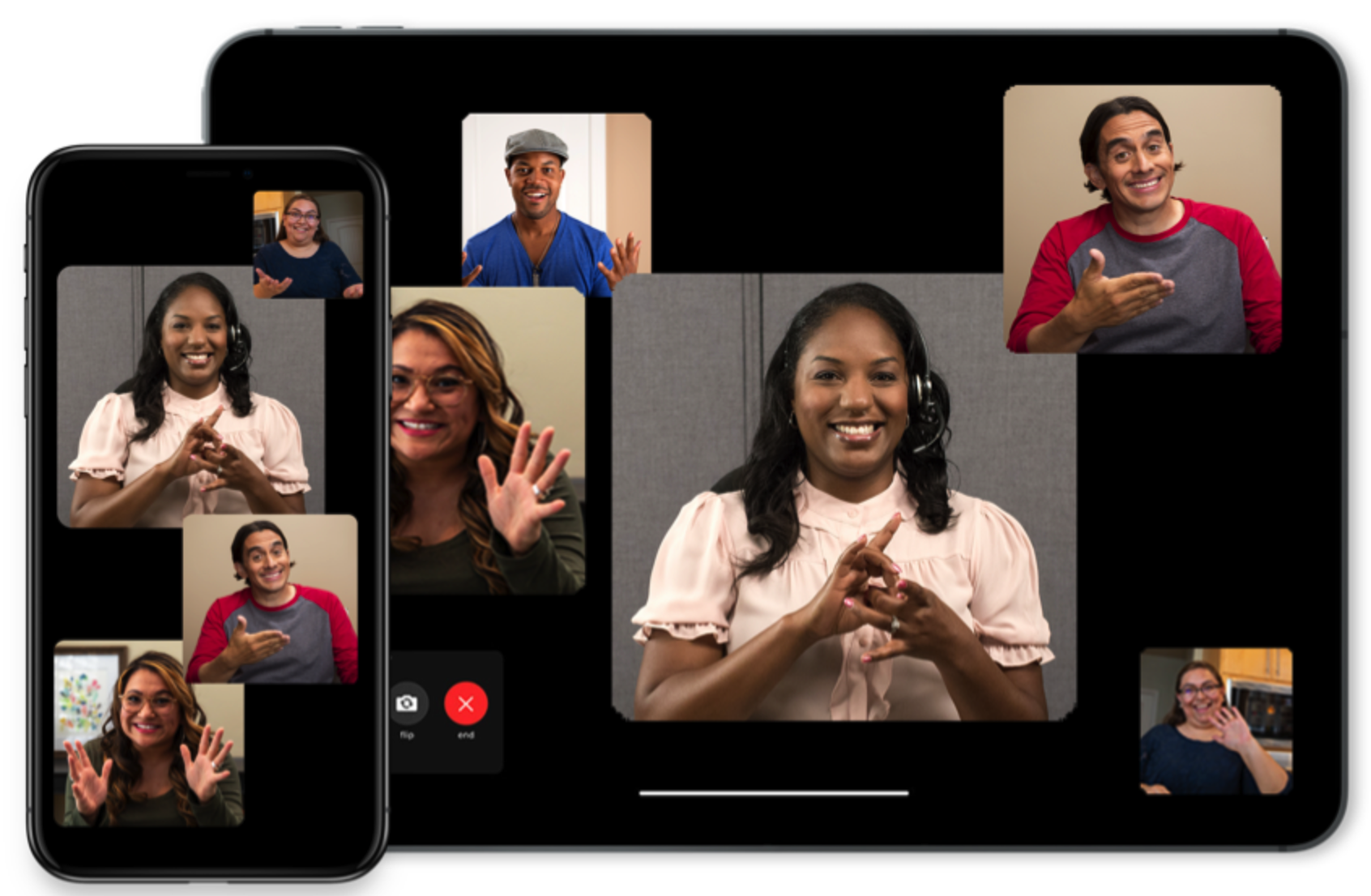
In addition, Sorenson is on its fifth generation videophone, while it also provides a number of software applications for Deaf and hard-of-hearing individuals and/or those who serve these communities.
Ariel Alternatives Buys Majority Ownership Stake of Sorenson at a $1.3 Billion Valuation
During its 20-plus-year history, Sorenson has had an interesting financial pathway, with numerous investors and creditors along the way, including a prepackaged Chapter 11 bankruptcy in 2014 that saw its creditors gain 87% ownership of the company when it emerged two months later from bankruptcy court.
{NOTE: This bankruptcy appears to have been driven, in large part, by a significant reduction in the prices the U.S. Federal Communications Commission paid to Sorenson and other companies for federally mandated communications services they provided to members of the Deaf community.}
Since then the company has taken on different creditors as it prepared for its next chapter of life, with some clarity provided in mid-January when it announced the hiring of long-time telecommunications executive, Jorge Rodriguez, as its CEO.
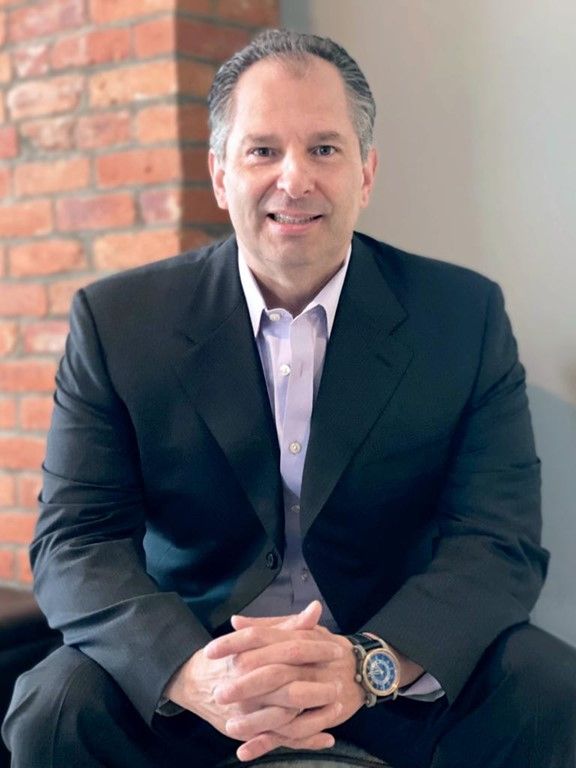
Rodriguez came to Sorenson with a history of over three decades of deep experience in telecommunications, management, and international business, something the company’s announcement said made him ideal to help “(promote) new opportunities for equity and inclusion.”
Sorenson then announced in early April that Chicago-based Ariel Alternatives, a private investment firm, had acquired a 52.5% ownership stake in the company that valued Sorenson at $1.3 billion, achieving mythical unicorn status in the process.
Formed in February 2021 by Ariel Investments, itself a $17.8 billion global value-based asset management firm (as of 31 March 2022), Ariel Alternatives’ mission is “to invest in businesses that are not currently minority owned, as well as existing minority-owned businesses, forging a new class of Black and brown entrepreneurs.”
As Rodriguez explained in our recent interview, Ariel invested in Sorenson, in part, because of its two-decade-long history of working with an underserved community.
“We can create significant impact in our communities, and across the United States, in focusing on our ability to not only assist them, but the economic capabilities we have. [For example] ‘How do we look at professional development? How do we look at jobs? How do we look at creating economic wealth within our communities and driving that impact?’
“The thesis that Ariel Alternatives has of bridging that gap, and our ability to create impact in Sorenson, are completely connected. So think about not only the underserved and underprivileged, but think about minority groups even within those groups: so the Black and LatinX community inside the Deaf population. ‘How do we help elevate them? How do we help educate? How do we help promote the bridge between the hearing and the deaf and hard-of-hearing? And how do we do that in a systemic way to drive the change that we need in the country?’”
It was this part of my conversation that sparked the lightbulb within my brain.
Sorenson is no longer just focused on the greater Deaf community, but its sub-communities as well.
In addition, Sorenson is expanding beyond its traditional consumer focus to include enterprise markets as well.
And in so doing, Sorenson will, therefore, enter markets throughout the U.S. and around the world, each tied to improving and enhancing communications within and between communities.
And that, potentially, is scary brilliant.
The New Sorenson under Rodriguez and Ariel Alternatives
Since Rodriguez officially stepped into his role as Sorenson CEO, work has already begun to implement the Ariel investment philosophy. Cases in point,
- Seven of Sorenson’s nine board of directors are now people of color;
- Half of Sorenson’s C-Level executives are now people of color;
- Over 35% of all of Sorenson’s execs from board to vice presidents are now people of color,
- Sorenson’s SLi was named the official provider for the new emergency 999 video relay service in the United Kingdom, a contract that begins June 17, 2022;
- The company will re-open Spanish and American Sign Language services in Puerto Rico, with plans to hire 100 interpreters in the U.S. territory in 2022;
- Sorenson has launched a new Spanish language option for its ntouch mobile for iOS users; and
- Sorenson has also announced a strategic partnership with, and an investment in, Canary Speech. (According to the Canary website, its technology “has the potential to track the presence and severity of a variety of targeted diseases, such as anxiety, depression, and cognitive decline.”)
Rodriguez went on to explain that 43 million U.S. citizens have some type of hearing loss today, with the National Institutes of Health projecting that 15% of American adults will suffer with hearing loss at some time in their lives.
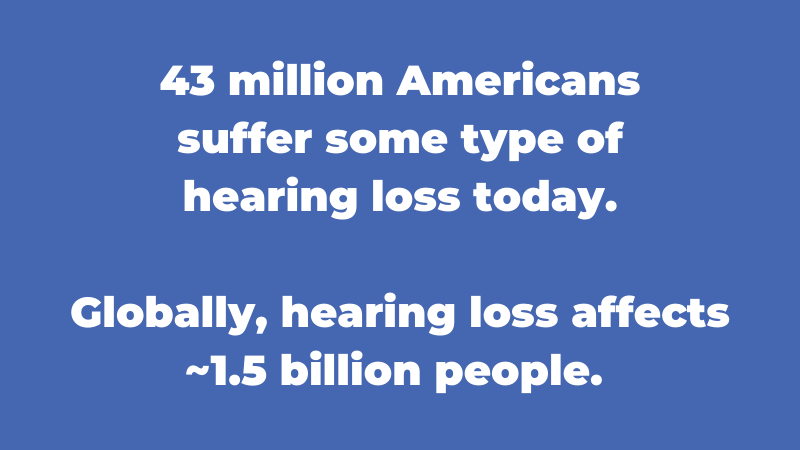
“The World Health Organization says that about 1.5 billion people globally suffer hearing issues,” he said. “And that number is supposed to grow to 1 in 4 in the next 25 years.”
Sorenson has been well served by being created and based in Utah, Rodriguez added, as the community here provided a lot of foundational strength and compassion to the Sorenson ecosystem.
But he also feels that that foundation has well positioned Sorenson to expand globally.
As we discussed this vision of global expansion and the expansion into an executive and employee base that is more diverse, Rodriguez posed a rhetorical question that he then answered:
“How can we represent the world around us if we don’t look and think like the world around us? If we don’t have that diversity, we can’t look and think like the world.”
Rodriguez closed with this powerful statement: “Our aspirations are high. Our mission is clear. We are absolutely focused on driving change and driving impact in the communities we serve. And I think you will see us taking very swift action to enable that to happen.
“The power of language and enhancing communications and bridging the gaps that exist between cultures,” he added. “We’re also trying to dispel (the idea) that the Deaf community has to learn about the hearing community. I’m saying the opposite, the hearing community needs to start understanding and learning the Deaf community.”
Sounds to me like the next several years should be very interesting for Sorenson and the communities it has targeted.
AUTHOR'S NOTE: To watch the full interview of Jorge Rodriguez, please click here to watch this episode of “Conversations” on SiliconSlopes.tv. Conversely, you can also listen to this interview on your favorite podcast provider at “Silicon Slopes Conversations;” case in point, via this link on Apple podcasts or via most popular podcast platforms.
Thank you.
